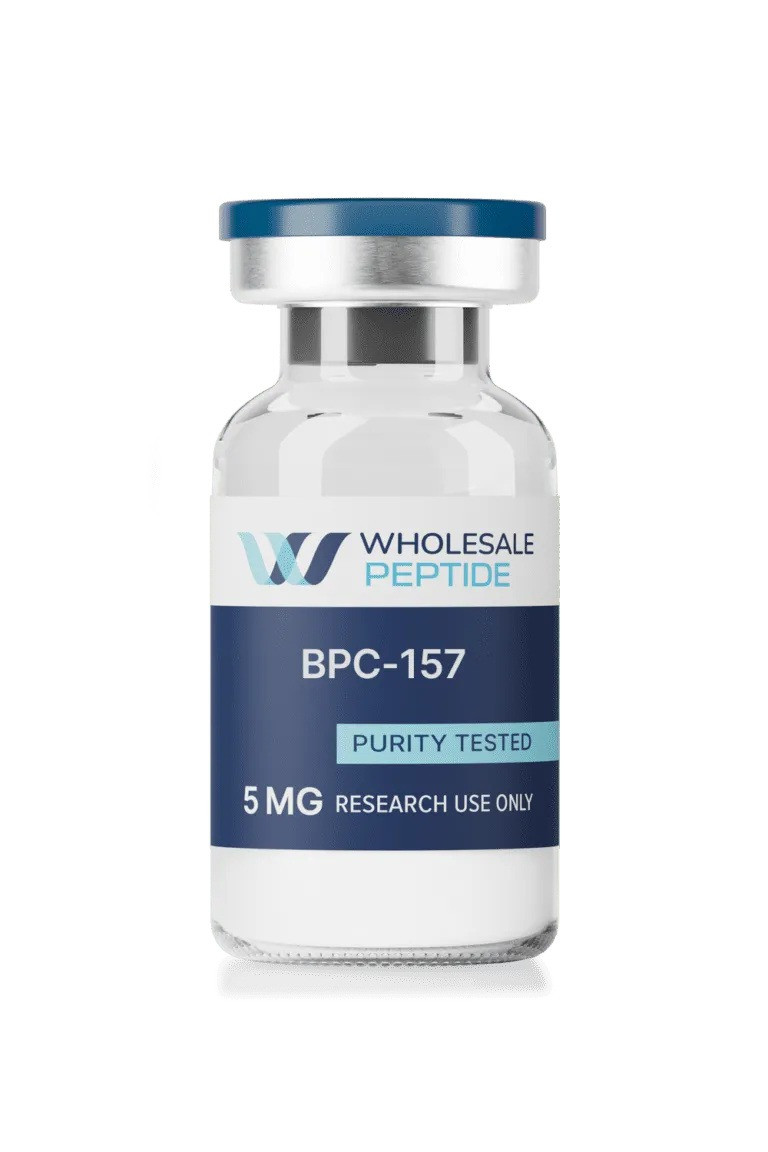Research peptides are defined sequences of amino acids used as molecular tools to investigate signaling pathways, receptor interactions, and other biological mechanisms in both in vitro and in vivo settings. They act as ligands, substrates, or modulators, allowing researchers to observe specific biological effects with molecular precision. High purity, clear sequence documentation, and lot-specific quality control are essential to ensure reproducible and reliable results. Impurities or truncated sequences can create misleading data, so verification before use is critical.
Common Classes of Research Peptides
Research peptides are often classified according to their experimental purpose. Signaling peptides act as receptor agonists or antagonists, providing insight into cellular pathway activation. Regenerative peptides are applied in tissue repair and wound-healing models, helping study collagen deposition or cellular migration. Metal-binding peptides, such as copper complexes, are used to modulate biomarkers or trace elements in biological assays. Growth hormone–related peptides are commonly used in endocrine studies to probe hormone axis dynamics, and other modulators, like melanocortins, are used in metabolic, pigmentation, or behavioral research. Selecting the appropriate peptide requires consideration of the experimental model, the biological endpoint, and any required chemical modifications.
Quality Verification Before Use
Ensuring peptide identity and purity begins with reviewing analytical data. High-performance liquid chromatography (HPLC) is used to quantify chromatographic purity by separating peptide-related species. A single dominant peak indicates that the main sequence predominates, while secondary peaks may suggest truncated or modified variants. Mass spectrometry (MS) provides complementary evidence by confirming the molecular mass of the peptide and its expected adducts. Together, HPLC and MS strengthen confidence in peptide identity and quality. Researchers should also request a certificate of analysis (COA), which details the lot-specific HPLC and MS data, declared purity percentage, and recommended storage conditions. When available, high-resolution LC-MS (LC-HRMS) offers additional verification by confirming amino acid composition, sequence, and impurity content within a single run.
Procurement Considerations
Peptides can be acquired either as catalog items or through custom synthesis. Catalog peptides are pre-made sequences offered in standard purities and quantities, typically providing rapid turnaround and predictable cost for common sequences. Custom synthesis is appropriate when the required sequence is novel, when non-standard modifications such as labeling or PEGylation are necessary, or when very high purity is essential for sensitive assays. Custom synthesis allows specification of synthesis and purification strategies, which can reduce truncation and side-products, resulting in higher effective purity. However, lead times are longer, costs are higher, and researchers must ensure detailed COAs and impurity profiling accompany the order to validate quality.
Supplier Evaluation
Selecting a reliable supplier requires careful review of documentation, manufacturing practices, and traceability. Researchers should request lot-specific COAs with HPLC and MS data, as well as MSDS for safety and handling. Clear storage instructions, adherence to cGMP or ISO standards, and responsive technical support are important indicators of supplier reliability. Domestic suppliers can offer faster shipping, more accessible technical support, and easier audit compliance, which can help align experimental timelines with institutional procurement policies.
Handling and Storage
Proper handling and storage of peptides preserves their integrity and ensures reproducibility. Lyophilized peptides should be stored at −20°C in the presence of desiccant and protected from light. Upon reconstitution, peptides should be aliquoted into single-use vials to avoid repeated freeze-thaw cycles, and a detailed log should track lot numbers, solvent used, and aliquot dates. Following MSDS safety guidelines, including the use of personal protective equipment, is essential to maintain laboratory safety.
Online Procurement Workflow
When purchasing peptides online, researchers should verify declared purity, COA availability, and storage instructions before placing an order. Lot-specific HPLC and MS data should be requested if not displayed on the product page. Institutional purchase orders provide traceability, and small test quantities can be obtained to validate the peptide in sensitive assays before committing to larger purchases. Maintaining documentation of COAs, MSDS, and storage conditions ensures experimental reproducibility and reduces the risk of using inadequately characterized reagents.
Practical Research Takeaways
High-purity peptides, verified through HPLC and MS, form the foundation of reproducible experiments. Catalog peptides provide convenience and speed, while custom synthesis supports specialized applications requiring high purity or unique modifications. Proper storage, aliquoting, and documentation minimize degradation and experimental variability. Choosing transparent, responsive suppliers and following strict quality control procedures ensures that peptides can be used reliably as tools to explore complex biological processes.




